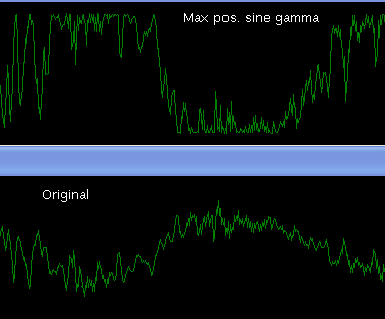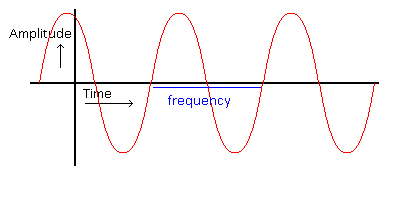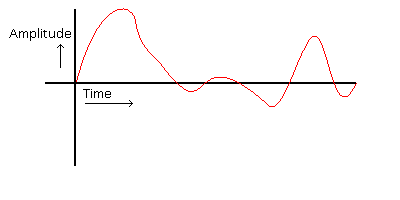People tend to mix up the intended use of exceptions and assertations.
Assertations
Most assertation implementations will show up a form and most of them allow you to ignore the assertation. I once was using a program which even asked me whether I wanted to ignore that assertation in the future.
Using asserations as normal errors is wrong. Assertations aren’t meant to be errors, neither exceptions.
Using assertations (as you should) is to make sure that the conditions that should be right are right, if they aren’t right you will know and you know you made an error and not the program or the user.
A seemingly ridiculous example is the following assertation:
ASSERT(1 + 1 == 2)
If a programmer uses the assumption that 1 + 1 is 2 and isn’t sure about this he would use an assertation to be notified when he was wrong or missed something.
Exceptions
Most people treat exceptions as failures of a piece of program. And some programmers don’t tend to clean up stuff before they throw an exception for they just think that noone wants to do anything anymore, for an exception, they think, is fatal.
Exception aren’t fatal. Exceptions aren’t errors. Exceptions occur, for they are just as the word says exceptions. You just got to handle any exception that might occur. An exception becomes fatal when this isn’t handled for it is either totaly unexpected or just unhandable, where in both cases letting the exception stay unhandled is a better alternative than using an assertation.






